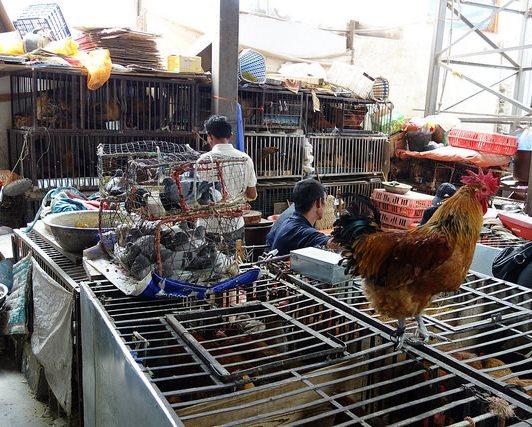The Virginia Department of Health (VDH) recently announced that it is investigating potential measles exposures following the confirmation of an infection in a person who traveled through northern Virginia after returning from an international trip.

The VDH is warning people about potential exposure at multiple locations, including Dulles International Airport the evening of January 3 and Ronald Reagan Washington National Airport during the afternoon of January 4. "Health officials are coordinating an effort to identify people who might have been exposed, including contacting potentially exposed passengers on specific flights," the agency said.
People who were at the locations during the time and have never received a measles-containing vaccine are at risk for illness, the VDH warned, adding that people with possible exposure should watch for symptoms until January 25.
No new cases in Philly outbreak
No new cases have been reported over the past few days in an outbreak centered in Philadelphia, keeping the illness total at eight, the city's health department said in a January 12 update. Officials also announced more new vaccination sites for children and adults who need to receive the measles, mumps, and rubella (MMR) vaccine in their community.
Philadelphia's outbreak began in December, with the virus spreading to two hospital patients and to children in a daycare. The daycare illnesses occurred after a sick patient was at the location, despite quarantine and exclusion instructions.















